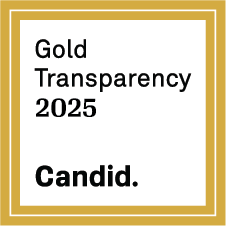Active banners: 2 Visible banners: 2
Banner ID: 12 Has content: true
The Telling Room call to submit Youth Writing and Youth Art Exploring Climate Change
Banner ID: 13 Has content: true
Hi, educators! Share your student reach in our short Impact Survey 📚 Survey Link
Climate and the Cryosphere Unit Labs
Provided by: TERC |Published on: April 27, 2021
Lesson Plans
9101112
Synopsis
- This unit on climate and the cryosphere consists of six labs: Getting to know the Cryosphere, Earth's Frozen Oceans, Land Ice, Climate History & the Cryosphere, Evidence of Recent Change, and Future of the Cryosphere.
- Students will learn the important role that ice plays in polar regions, and how climate change is causing both land ice and sea ice to melt.
- Each of the labs contains articles, hands-on activities, videos, data, maps, graphs, interactive media, and discussion questions.

Subjects: Earth and Space Sciences
Authors: TERC, Science Education Resource Center at Carleton College (SERC)
Region: Polar Regions, Global
Languages: English
Teaching Materials
Positives
- The "Lab Overviews" section includes lists of the materials that teachers will need in order to complete each activity.
- The engaging activities will help visual learners to understand the concepts presented in each lab.
- The learning objectives for each lab are outlined in the educator's section.
Prerequisites
- This resource offers "EarthLabs for Educators" and "EarthLabs for Students". Teachers can toggle between the two by clicking on "EarthLabs for Students" located at the bottom of the menu on the lefthand side of the screen.
- Lab 5 includes an activity that requires students to download a program called "ImageJ".
Differentiation & Implementation:
- English language arts or writing classes could write short stories set fifty years in the future. Students could imagine what will be different for people living in a world where the sea levels are higher and the cryosphere has changed dramatically.
- History classes could discuss how ice cores could help historians to understand how the world's climate has changed during different points in history. Students could reflect on what the climate might tell historians about the people who lived during that time.
- Other resources on this topic include this NASA resource on sea ice and this Grist video on climate change tipping points.
Scientist Notes
Teaching Tips
Standards
Resource Type and Format
About the Partner Provider

Technical Education Research Centers (TERC)
Technical Education Research Centers (TERC) is an independent research-based nonprofit organization. They are dedicated to inspiring and engaging learners through stimulating research, materials and tool development, and professional development.
All resources can be used for your educational purposes with proper attribution to the content provider.



